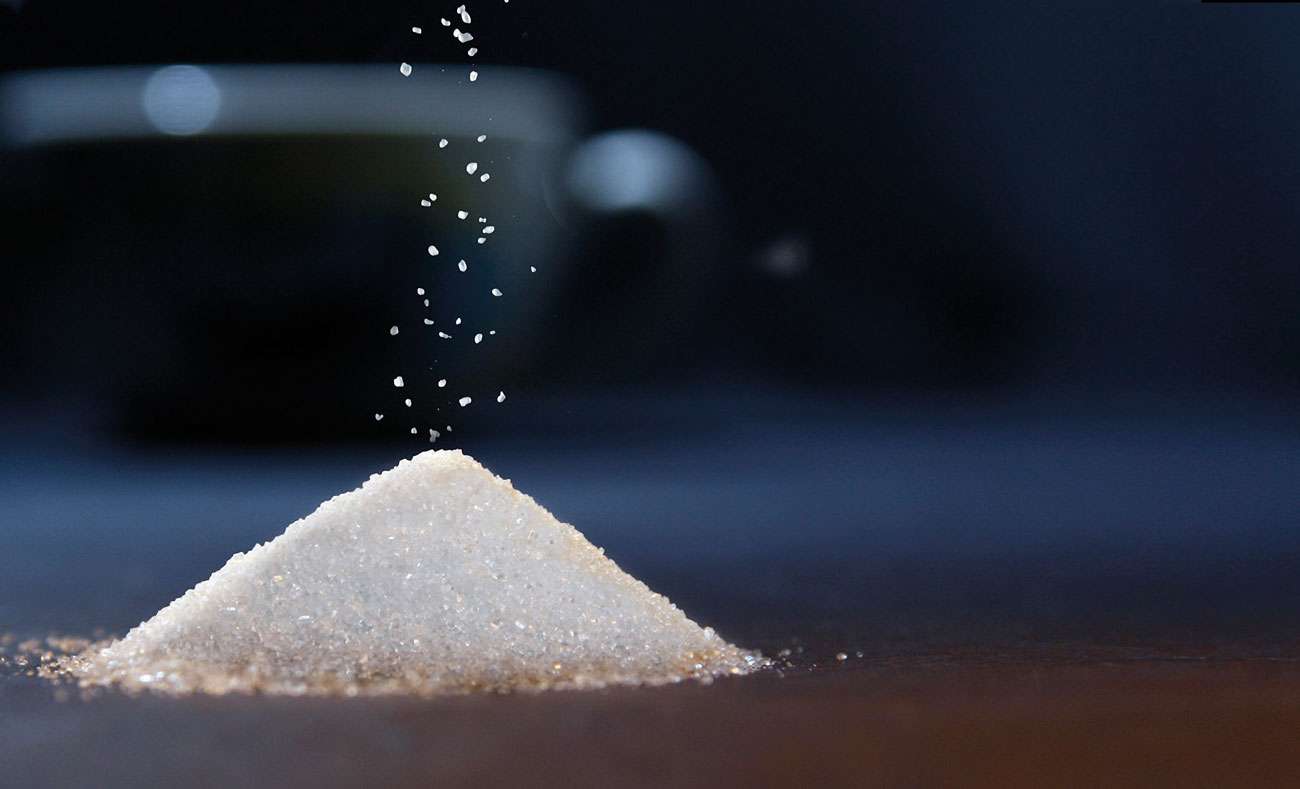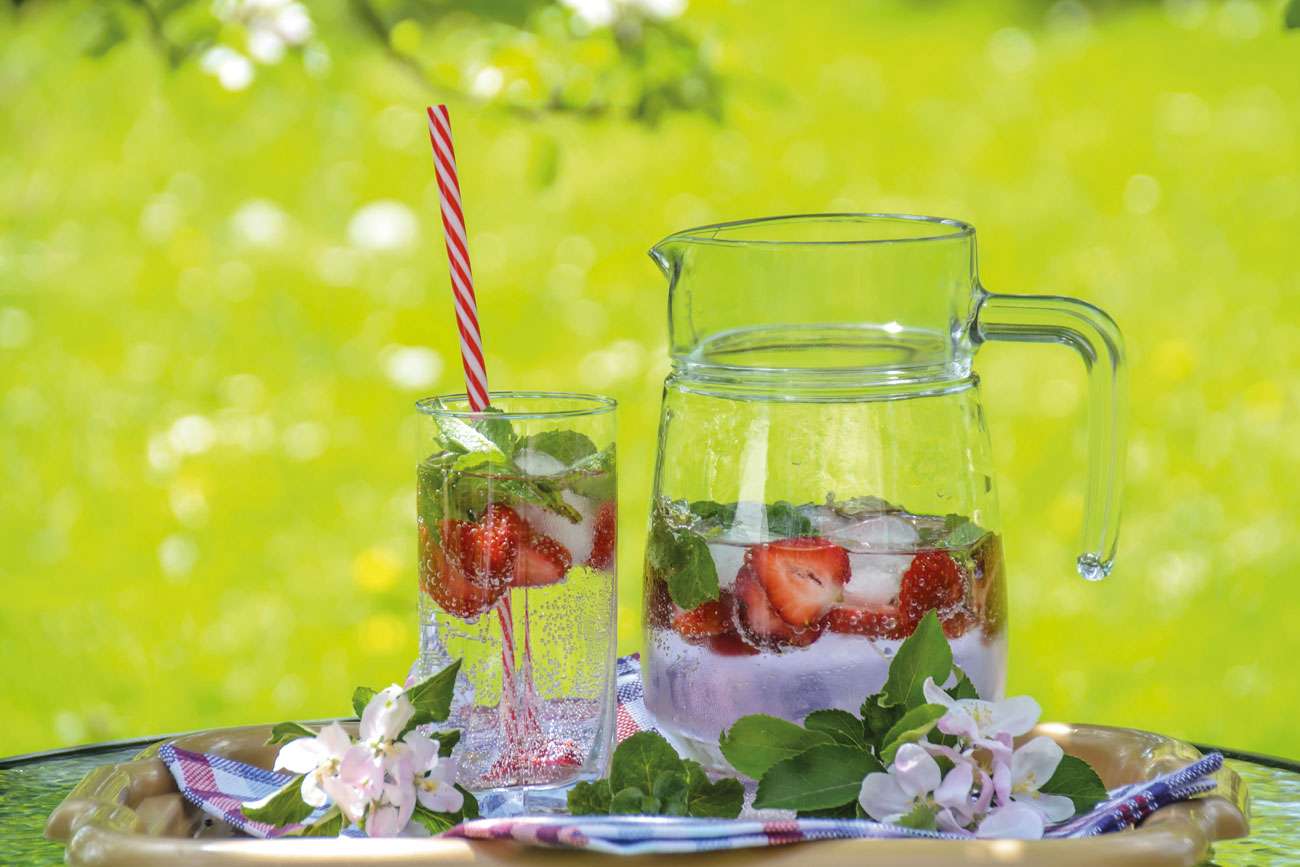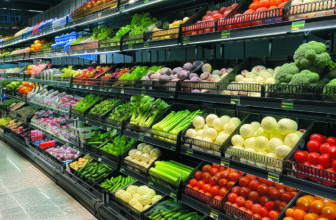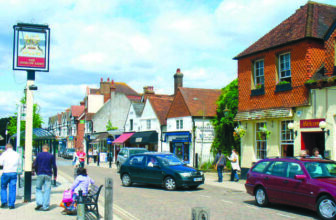
Increasing research suggests that it’s the sugar rather than the fat in our diets that is the major contributing factor to the obesity epidemic in the UK. White crystalline substances can be deceiving because their chemical structure hits the addictive centres in your brain and gives you that good feeling which you then want to repeat over and over again…Sugar, cocaine, pure nicotine all have the same effect on the ‘reward’ centres in your brain.
According to Professor John Yudkin in his book ‘Pure, White and Deadly’ there is no physiological requirement for sugar: all our nutritional needs can be met without the addition of white, brown or raw sugar to any food or drink.
Why is sugar bad for us? A high intake of sugar causes our blood sugar levels to shoot up, giving us that feel-good ‘high’ followed by a crashing slump that leaves us tired, irritable and craving more sugary foods. This vicious cycle then sets us up for a whole range of chronic lifestyle diseases such as diabetes, heart disease and neurological diseases. This is due to the inflammatory effect which sugar has on the body.
For those of us who have already taken sugar out of our diets it’s often the ‘hidden’ sugars in foods that catch us out. A few days ago I was in a local supermarket and out of interest checked out some of the so called ‘healthy’ plant/protein snack bars. Now remember that your body can only handle 4g of sugar in the bloodstream at any one time otherwise your pancreas is called into action secreting insulin, the fat storing hormone, to remove it and restore balance. I checked the ingredients in several of these bars and was horrified to find that on average the sugar content per 100g was 40g, which is equal to 2.5 tablespoons of sugar! Low fat and diet foods often contain hidden sugars in order to make them more palatable. Soups, sauces and ready meals often contain high amounts as well.
How much sugar should I have? 5g per 100g is a good level to work with and therefore each of the ‘healthy’ bars I checked contained on average 14g sugar which is almost 3 times that amount. Also check the different types of sugars in a product, they tend to end in ‘ose (glucose, dextrose, sucrose, mannose, lactose, sucralose, fructose). These are all forms of sugar. With the creation of sweeter fruit such as Pink Lady apples, an apple can contain over 20g sugar albeit natural. Here’s a tip: slice 1/2 an apple and dip it in a nut butter. The fat will slow down the absorption of the sugar.

How do I cut down on sugar?
- Become more aware of how much sugar is in a product
- Make educated choices around food
- Use the ‘no more than 5g per 100g rule’
- Eat a palm sized piece of protein with every meal to balance blood sugars
- Replace high sugar tropical fruits with low sugar berries (frozen ones in the winter to reduce your carbon footprint)
- Avoid high sugar and caffeine energy drinks (add slices of lemon or berries to water instead to flavour it)
- Cut out all white foods (flours, rice, pasta, sugar, potatoes)
- Avoid sweeteners as these contain excitatory toxins to the brain
Benefits of removing sugar from your diet:
No more brain fog or early morning low grade headaches, sugar cravings, energy slumps, lack of focus and concentration, improved bowel function, less inflammation and therefore a reduced risk of chronic lifestyle diseases, weight loss, improvement in skin tone and a fabulous feeling of wellness. ![]()
For more health tips, follow me on Instagram and/or Facebook @the_genuine_living_company
Need health advice? Personalised nutrition plans? Email me: sue@thegenuinelivingcompany.com











